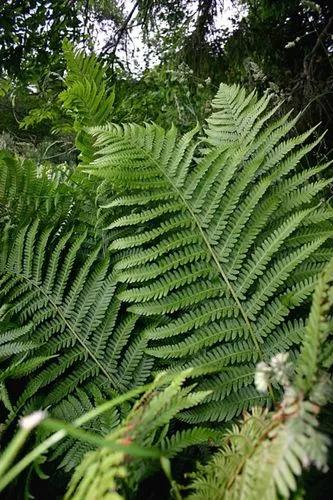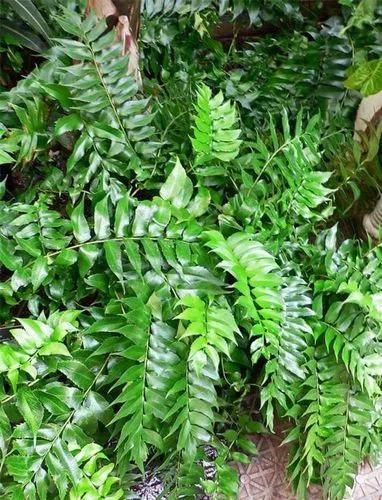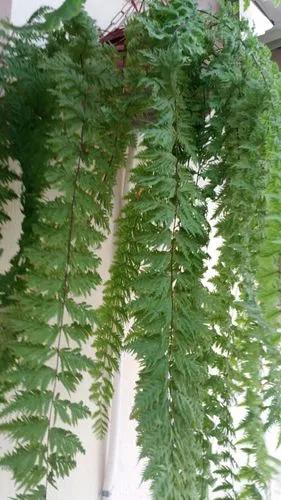D. antarctica is the only Australian or New Zealand tree fern which is genuinely hardy in all but the coldest UK gardens. A run of mild winters may have tempted gardeners in the recent past to try D. fibrosa, D. squarossa and a range of trunk forming cyatheas. B&Q were selling them by the thousand a few years ago. However, after the winter of 2012 especially, gardeners have learnt the hard way that D. antarctica is the only survivor in all but the most mild coastal gardens in the south west of England.Trunks of D. antarctica arrived at Falmouth Docks in the 1840s and 1850s. The huge fibrous trunks were used as ballast in the holds of ships to prevent cargoes moving about. At the dockside the bare trunks were seen to be growing fronds and, from there, it was a small step to them arriving in many Cornish gardens. At Caerhays dicksonia thrive in two damp and sheltered quarries. There are 30 or more trunked plants in each quarry and their spores reproduce readily in dampish shady spots all over the garden as well as up and over the stone sides of the quarries. Old plants with trunks of 15-20ft tall eventually fall over but their crowns reroot and grow away again.
Soft Tree Fern Care
Dicksonia Antarctica



How to Care for the Plant

Water

Dicksonia Antarctica grows best in areas receiving more than 4” inches of rainfall in a year. In areas where the average rainfall rate is low, moist gullies provide the best environment for the fern growth. When cultivated, the tree needs to be watered regularly to maintain adequate moisture levels as it cannot tolerate dryness around the roots. Dicksonia Antarctica is not drought resistant.

Pruning

Experts recommend against even removing the old fronds as they protect the trunk from desiccation and cold weather.Even the brown fronds shouldn’t be completely removed; cut them at about 6” inches from the trunk.

Fertilizer

Apply a granular fertilizer at the base of the fern plant, in spring, to promote the growth of fronds. During the growing season, apply a liquid fertilizer directly on the crown by mixing it with water.

Sunlight

Dicksonia Antarctica prefers a partially sheltered position, but it will tolerate full sun, provided it gets an adequate amount of water.

Soil

Dicksonia antarctica can grow in any soil organic, moist, and well-draining. It does not have any specific soil pH requirements.

Temperature

While the plant has been known to tolerate temperatures to 23° degrees Fahrenheit (-5° C), severe cold weather or prolonged exposure to cold weather can cause harm to the tree trunk, so it needs to be protected during extreme or long winters.

Popularity

181 people already have this plant 17 people have added this plant to their wishlists
Discover more plants with the list below
Popular articles






